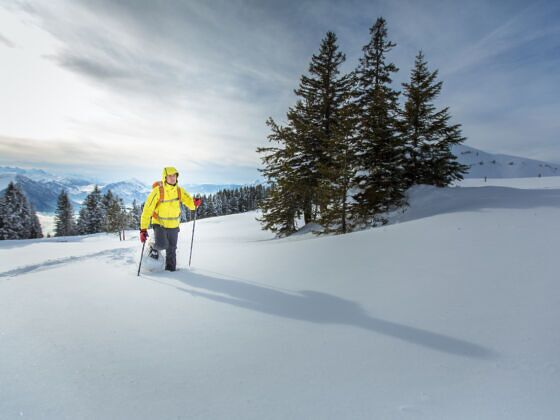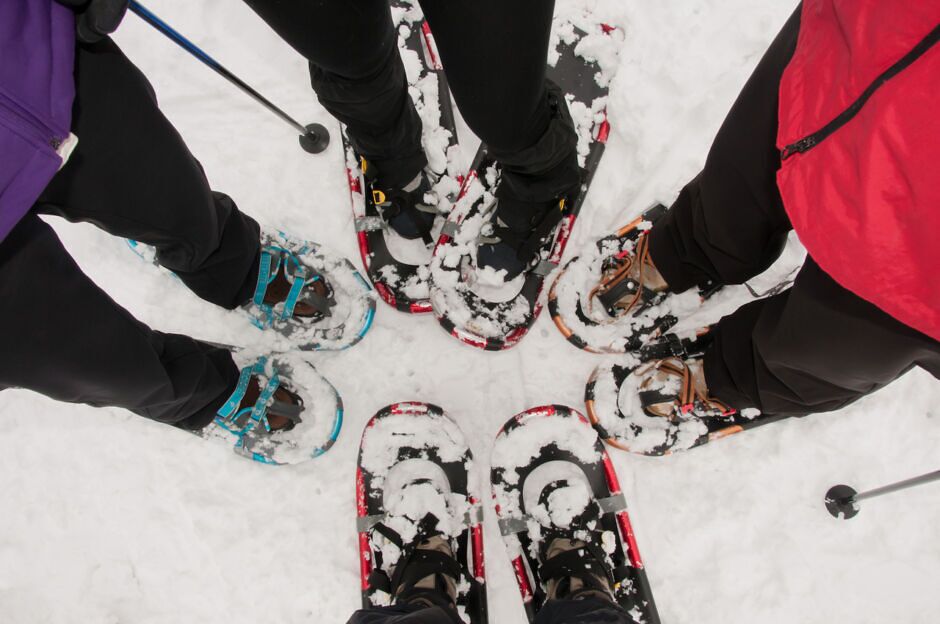IF YOU’RE LOOKING for something different and a bit quirky to adopt as this winter’s outdoor activity, consider taking up snowshoeing.
Mellower than skiing and less painful than snowboarding (especially falling on a snowboard), snowshoeing is an ideal way to get outside and enjoy the crisp air of the winter months. You won’t have to deal with lift lines, fight the crowds while skiing down, or pay for a lift ticket. The best way to convince yourself of how amazing it can be is just to try it, but if you’re still not convinced, here are seven reasons to snowshoe this winter.

